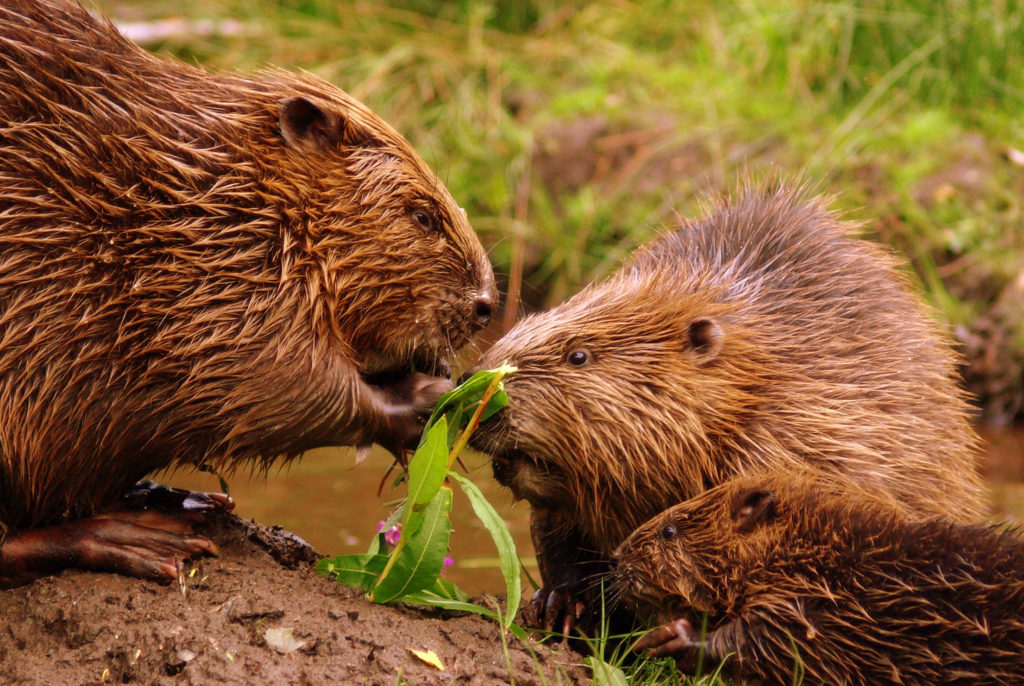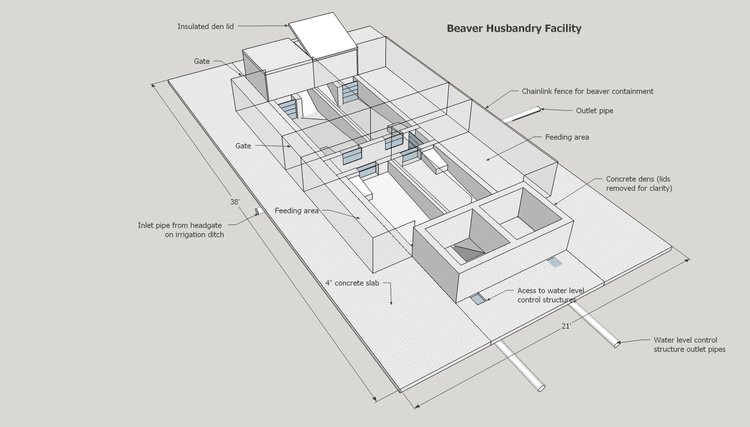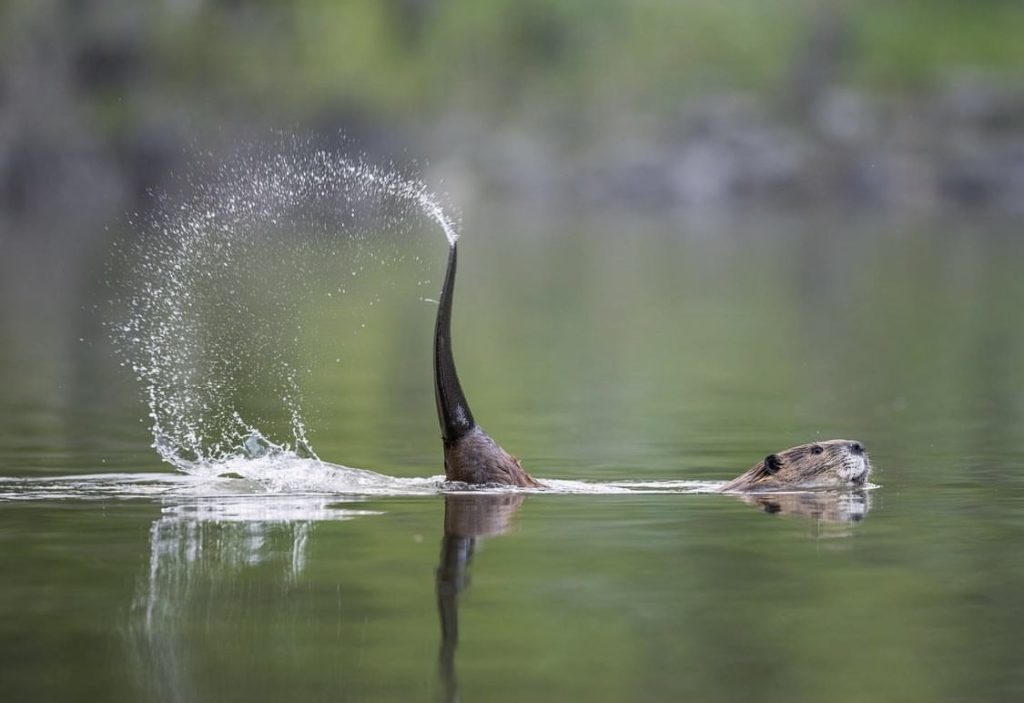Partnering with wildlife tourism for tomorrow and other non-profit organizations to fund a beaver holding facility in Cody, WY
Why?
-
Beavers can drastically alter river ecosystems by impounding water through dam construction, which can greatly benefit habitat. Dams create higher water tables, reconnect and expand floodplains, expand wetlands, improve water quality, and increase diversity and richness in the populations of plant and animal life.
-
Beavers were extirpated from many drainages in North America during the peak of the beaver pelt market in the mid-1800s. Today, it is estimated that beaver populations in Wyoming are only ¼ of historical populations. This has led to the degradation of streams, shrinking of riparian areas, and loss of habitat for the many species of fish and wildlife that depend upon healthy streams and riparian habitats.
-
Translocating beavers to restore stream ecosystem functions has gained popularity among wildlife managers. The rate of successful establishment after translocation varies widely, but certain practices can substantially increase success rates, such as translocating both parents and as many kits as possible from a colony as a group. Beavers are much more likely to stay put if they are not separated from their family members.
-
To facilitate translocating family groups, beavers must be temporarily held until all or as many family members are trapped. Most beaver translocation practitioners in Wyoming are currently using a mobile holding facility that replicates as much as possible a beaver’s natural habitat. While these facilities work reasonably well, they have several limitations. The most critical limitation is that only one family can be held at a time, as beavers are extremely territorial. Trapping an entire colony can often take two weeks or more. With a short 2-3 month season of trapping, this limitation creates a bottleneck in the translocation effort.
-
Beaver translocation efforts in other areas in the West have found solutions to this problem by using permanent facilities that can accommodate multiple families. This enables trapping to occur in multiple locations at once, allows for multiple capture attempts to take place, and can allow for “match-making” with single, opposite-sex beavers at the facility.

Description: A Beaver Family Interacting
How?
 A permanent holding facility that will provide for the short-term needs of beavers awaiting translocation will be constructed at the Wyoming Game and Fish Department Cody Regional Office property northwest of Cody, WY. The facility is designed with three primary considerations: a) efficiency of handling the beavers with a minimum amount of stress to the animals, b) well-being of the beavers while they are being held, and c) ease of maintenance and cleaning.
A permanent holding facility that will provide for the short-term needs of beavers awaiting translocation will be constructed at the Wyoming Game and Fish Department Cody Regional Office property northwest of Cody, WY. The facility is designed with three primary considerations: a) efficiency of handling the beavers with a minimum amount of stress to the animals, b) well-being of the beavers while they are being held, and c) ease of maintenance and cleaning.
-
The facility will contain four individually fenced units consisting of a concrete raceway, feeding area, and den. A concrete den will be constructed at the end of each raceway which beavers will access via an underwater entrance to simulate natural dens. The dens will be lined with a removable metal crate for ease of removing the beavers for processing or transport.
-
Water will be delivered from an irrigation ditch on the property via a headgate and six-inch pipe. An in-line water level control structure combined with stop logs will control the water level in each raceway and, when the stop logs are pulled, will completely drain the raceway for cleaning. A constant flow of 10-40 gallons of relatively clean water will be maintained in each raceway to ensure adequate water quality.
-
The facility’s location outside of Cody would place it in a logistically ideal location, as it would be centrally located in an area of consistently occurring nuisance beaver problems. The facility could not only serve the beaver translocation needs for the WGFD Cody Region but has the potential to provide a source of beavers for adjacent regions as well. The project would serve as a pilot to demonstrate the efficacy of this approach with the long-term goal of establishing other facilities in strategic locations in the state.
Partners
Wyoming Tourism For Tomorrow – Wyoming Untrapped – Wyoming Game and Fish Department – Mary Rumsey
Budget
-
$80,000

Description: Beaver in water slapping tail. Photo Credit: Savannah Rose Burgess



Rosemary mease Rosemarymease
Keep them SAFE
Wyoming Untrapped
We are doing our best! Thank you for the support!